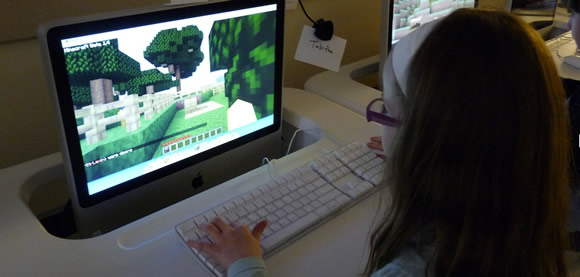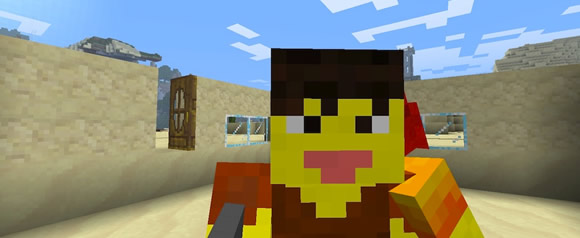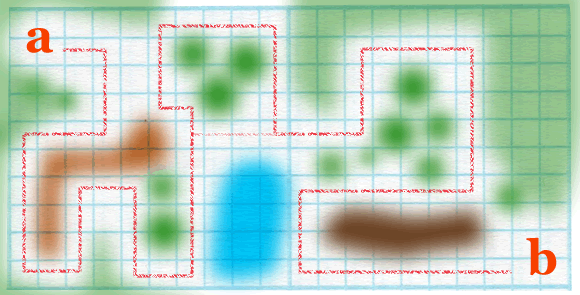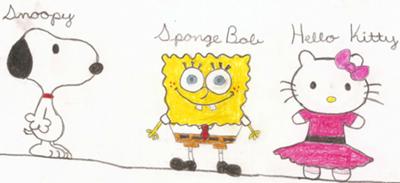
19th century artist and instructor John Ruskin founded a drawing school at Oxford University in 1871. Oxford has now posted his collection of images, notes and instruction into an immense
online catalogue. While much of the physical work has been dispersed around the world, the web allows the collection to be seen in its entirety, with information cross-referenced for ease of browsing. Oxford has also added contemporary interpretation of Ruskin's teachings, as well as short drawing instruction videos.
From the site:
He intended it not for the training of artists, but of ordinary men and women, who, by following his course, ‘might see greater beauties than they had hitherto seen in nature and in art, and thereby gain more pleasure in life’. His method required the student to master the rudiments of technique – outline, shading, colour – through a carefully directed course of lessons in copying both works of art and natural specimens.
Link:
The Elements of Drawing
 The education potential of the game Minecraft is immediately apparent when you first start dividing wood and constructing a crafting table in the game. MinecraftEDU.com has a mission to help educators bring the game into the classroom and to engage learners in what the game has to offer:
The education potential of the game Minecraft is immediately apparent when you first start dividing wood and constructing a crafting table in the game. MinecraftEDU.com has a mission to help educators bring the game into the classroom and to engage learners in what the game has to offer:


 Last year I was invited to be a teaching artist at HOLA, a charter school in Hoboken. I developed a comic-book curriculum for children from K-2. Through 5 weekly classes we reviewed the concepts of character, setting and storyline and each student finished the class with a complete storybook. I've been invited again this year and I'm planning to teach game design. Here is my proposal.
Last year I was invited to be a teaching artist at HOLA, a charter school in Hoboken. I developed a comic-book curriculum for children from K-2. Through 5 weekly classes we reviewed the concepts of character, setting and storyline and each student finished the class with a complete storybook. I've been invited again this year and I'm planning to teach game design. Here is my proposal.
 A recent study by the
A recent study by the